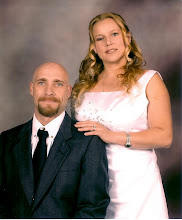Art answers from assignment 2b
1. Question from Dana Johnson: What are the business hours?
Mondays - closed
Tuesdays through Fridays 11:30 a.m. - 7:00 p.m.
Saturdays 11:00 a.m. - 7:00 p.m.
Sundays 11:00 a.m. - 6:00 p.m.
Tuesdays through Fridays 11:30 a.m. - 7:00 p.m.
Saturdays 11:00 a.m. - 7:00 p.m.
Sundays 11:00 a.m. - 6:00 p.m.
2. Question from Dana Johnson: Does the MoLAA offer educational programs? If so what kind?http://www.molaa.com
Yes they do they have School field trips program and Docent led tours.
SCHOOL FIELDTRIPS PROGRAM School Tours & Workshops is an integral component of the education experience at molaa and is a favorite program of both students and teachers. Teachers tell us the program makes a perfect complement to their K-12 school curriculum by utilizing grade and age appropriate lessons which reinforce California’s visual arts content standards. Schedule your next school field trip at molaa.
DOCENT LED TOURS You or your group may schedule a one-hour docent led tour of our Galleries from Tuesday through Saturday. The best times for these tours are 11:00 a.m. to noon, 1:00 to 2:00 pm and 3:00 to 4:00 pm. However, other times are available upon request. To enhance your tour experience, maximum capacity for any group is 60.
3. Question from David Laurice: On what day is admission to MoLAA free?http://www.youtube.com/watch?v=Hu5geLH1Q9A
It is free on Friday every week.
4. Question from Timmy Lodhi: Who is the founder of Molaa?
Robert Gumbiner was the founding director.
5. Question from Timmy Lodhi: Where is the MoLAA located?
Long Beach California
